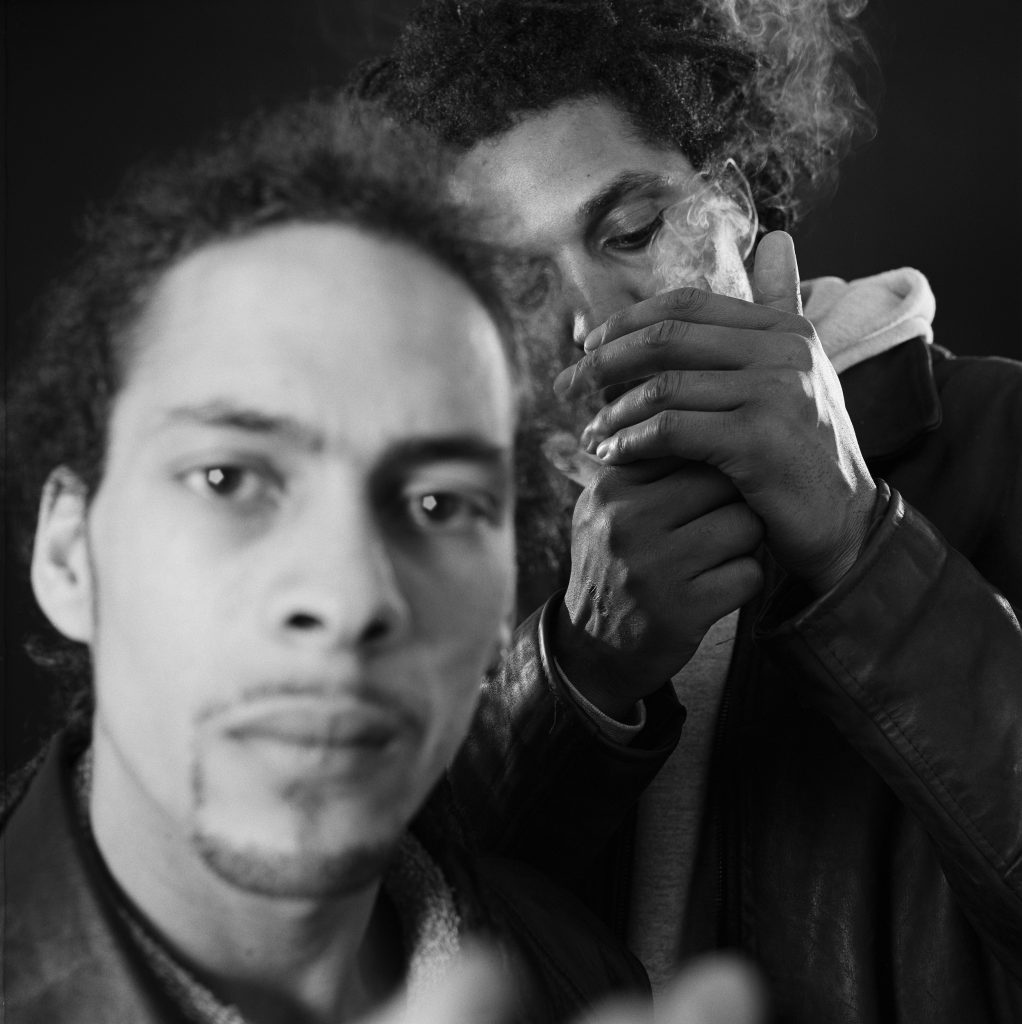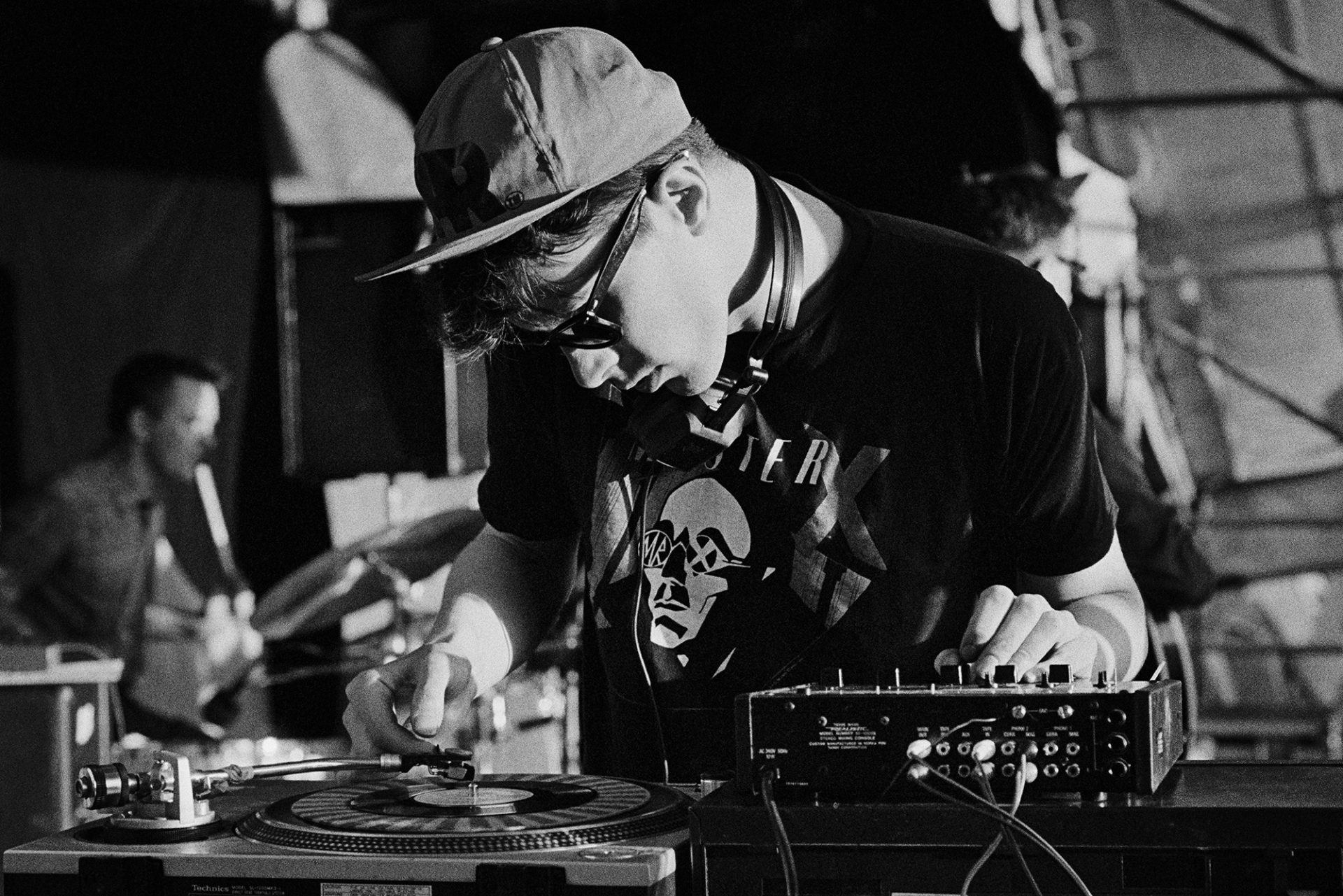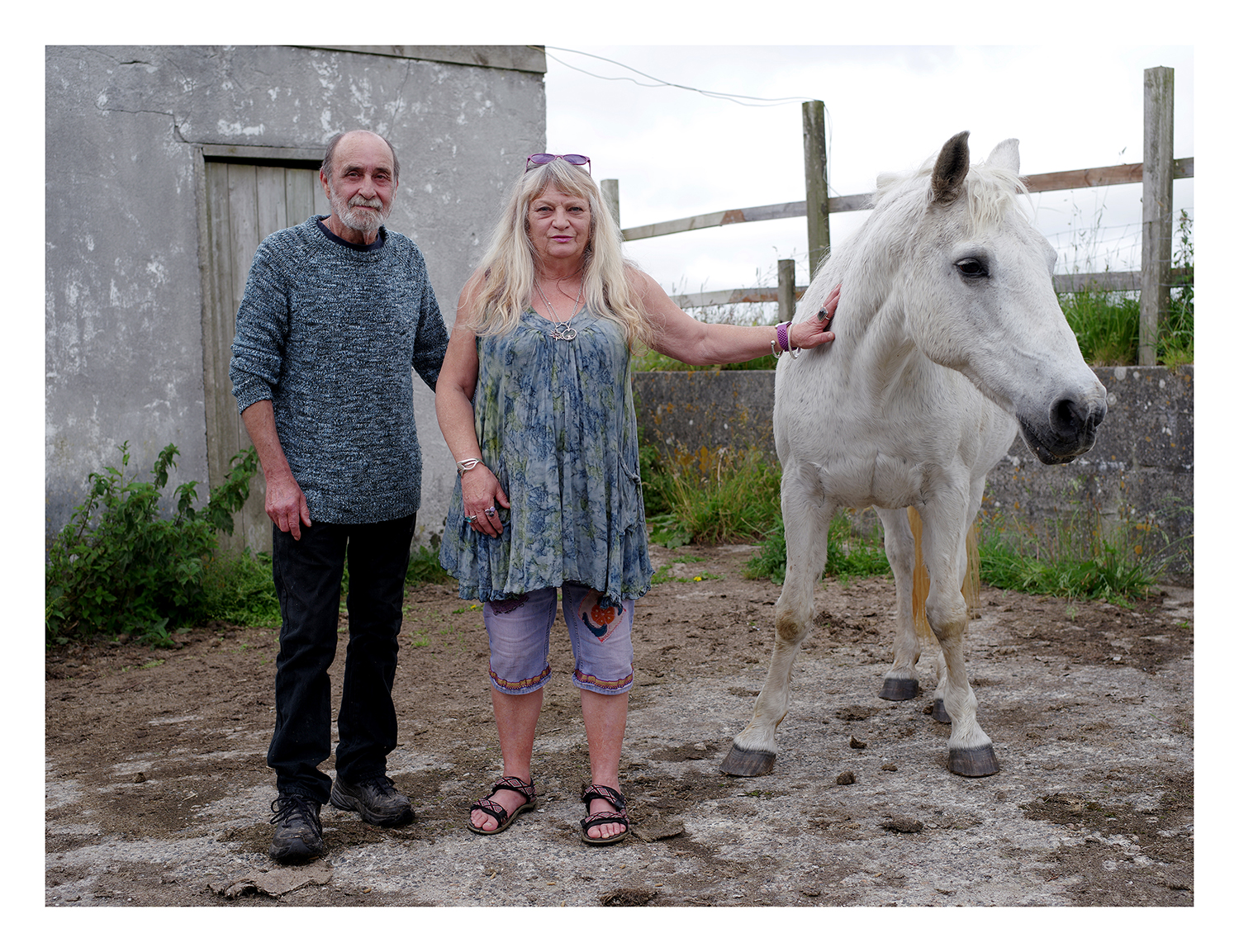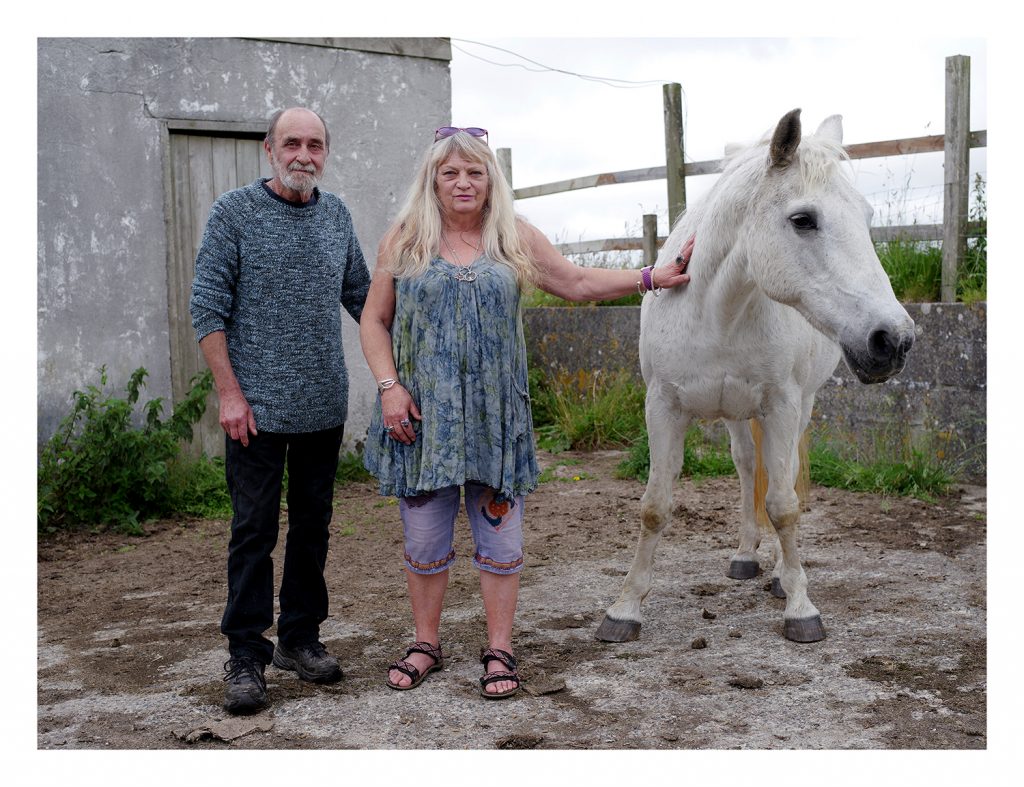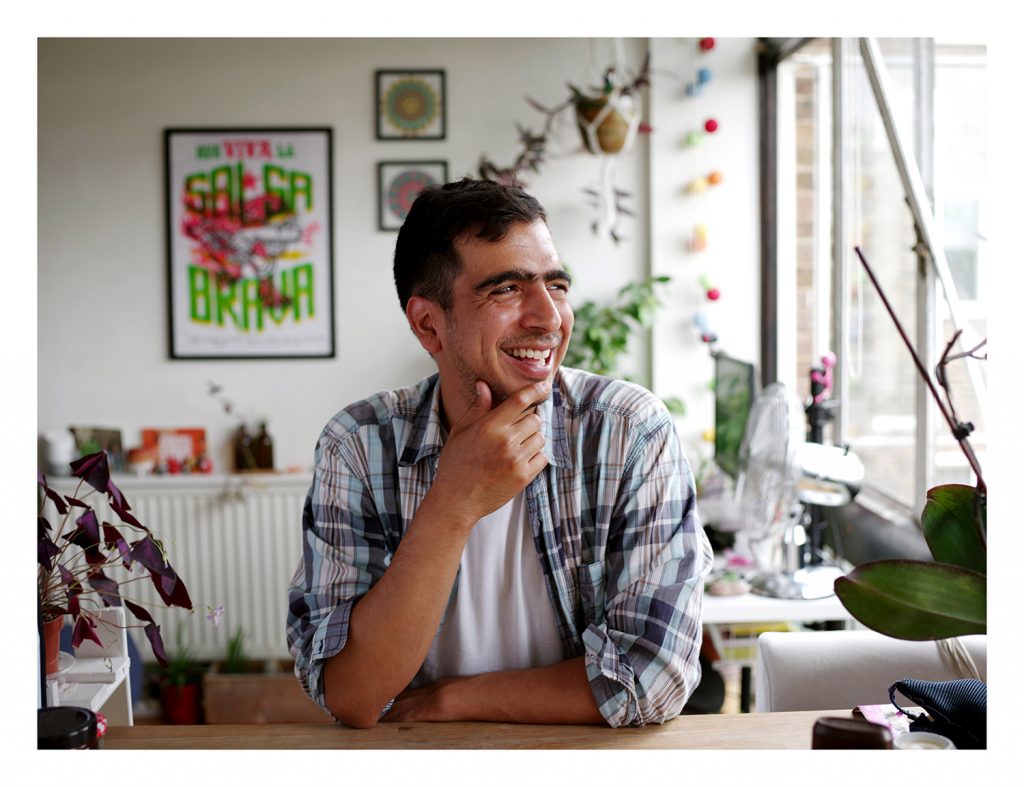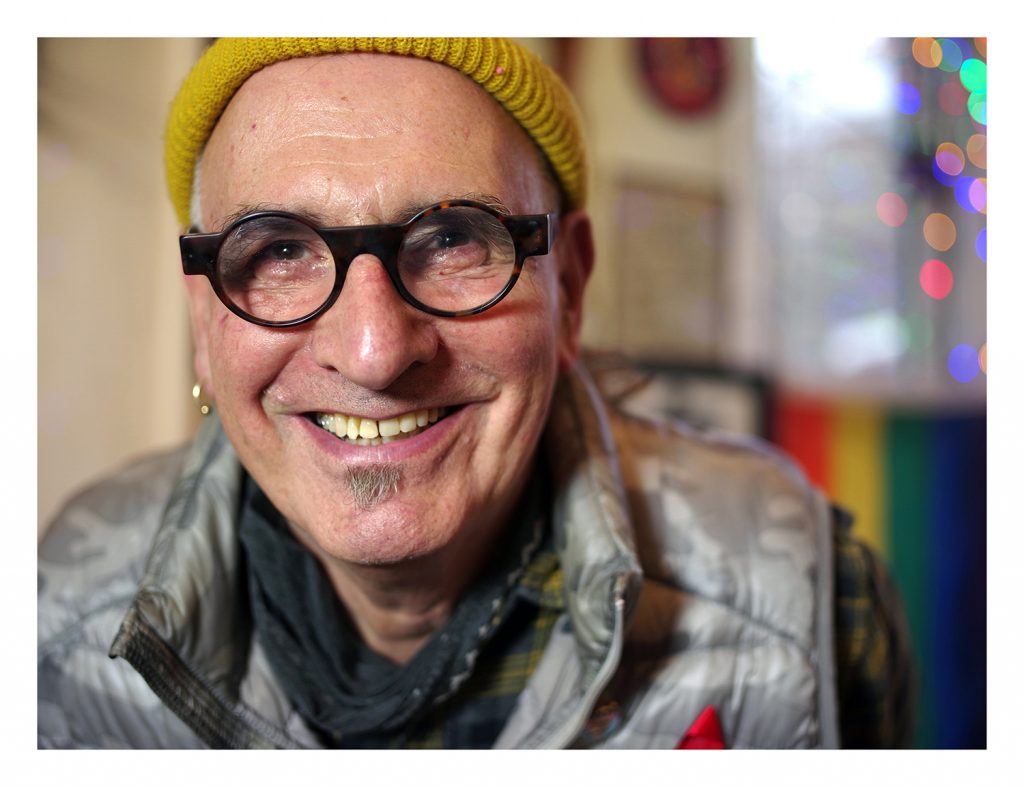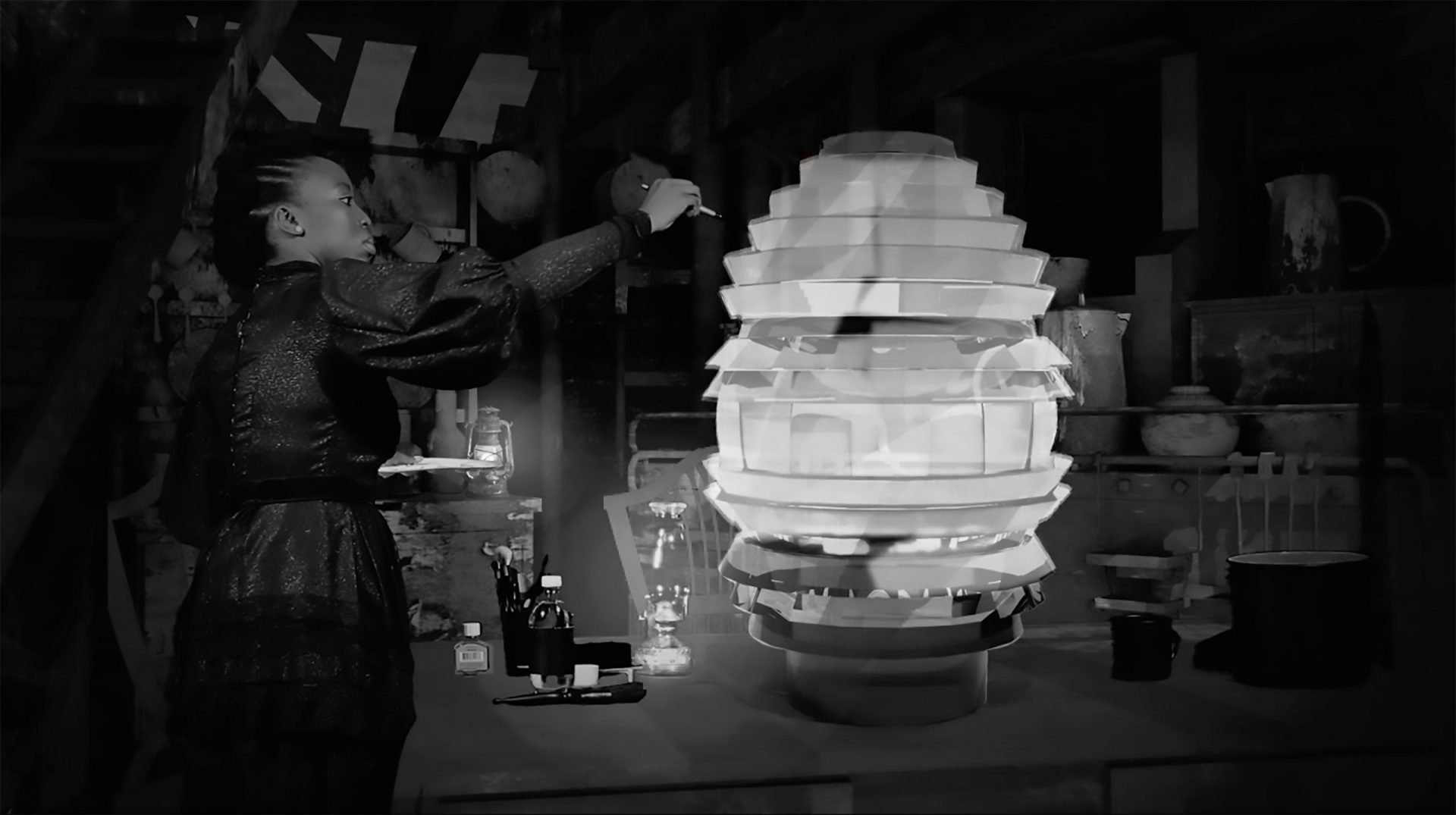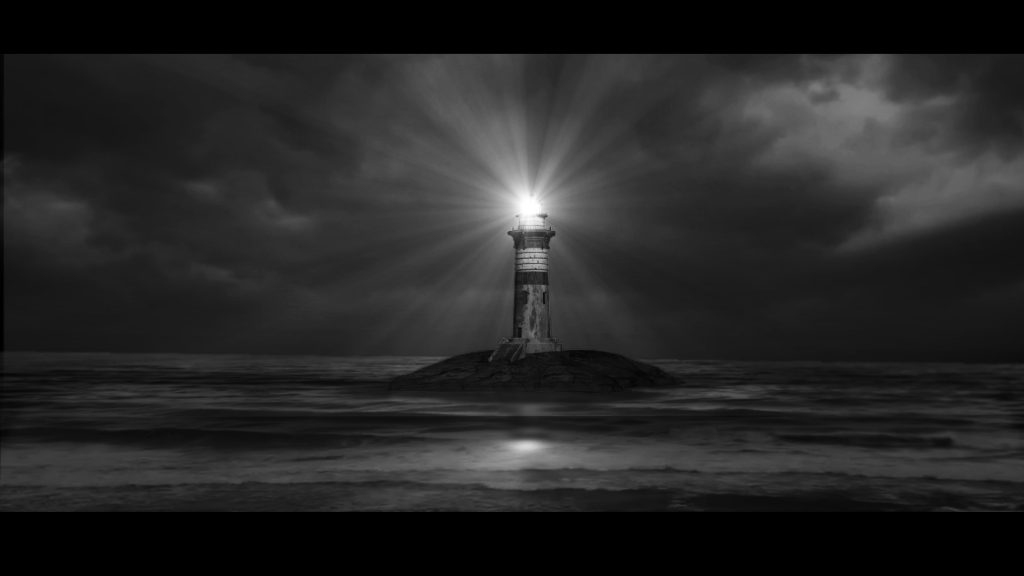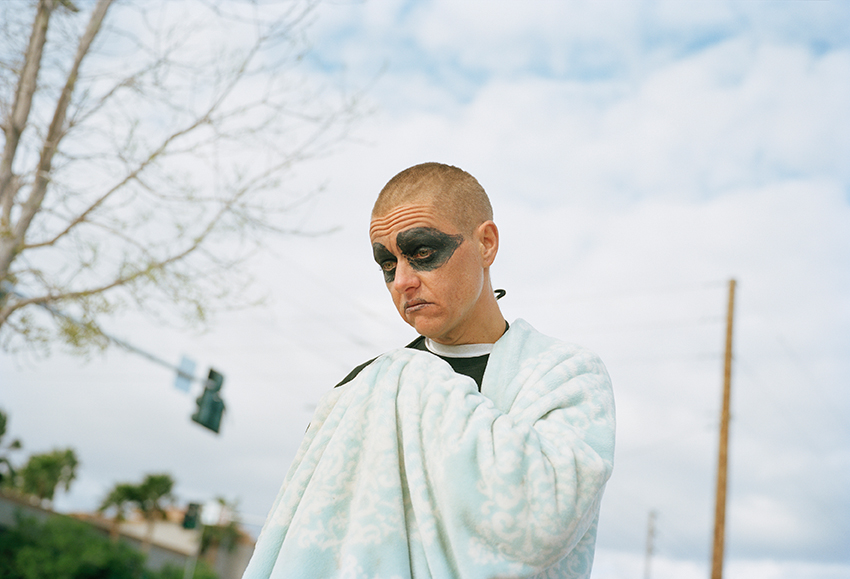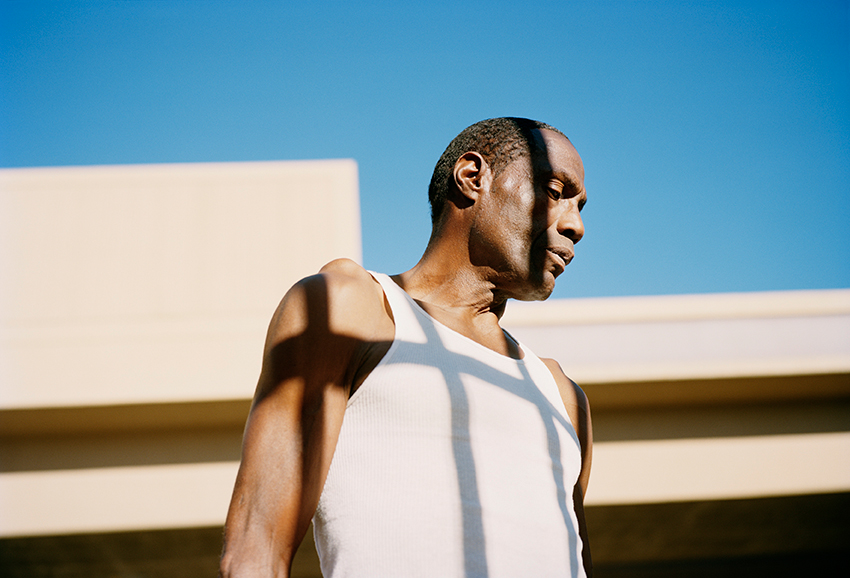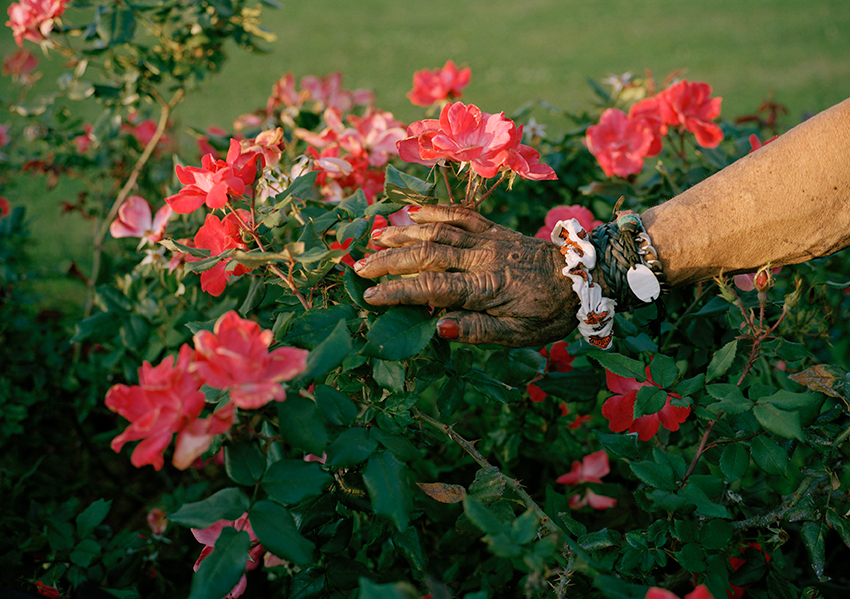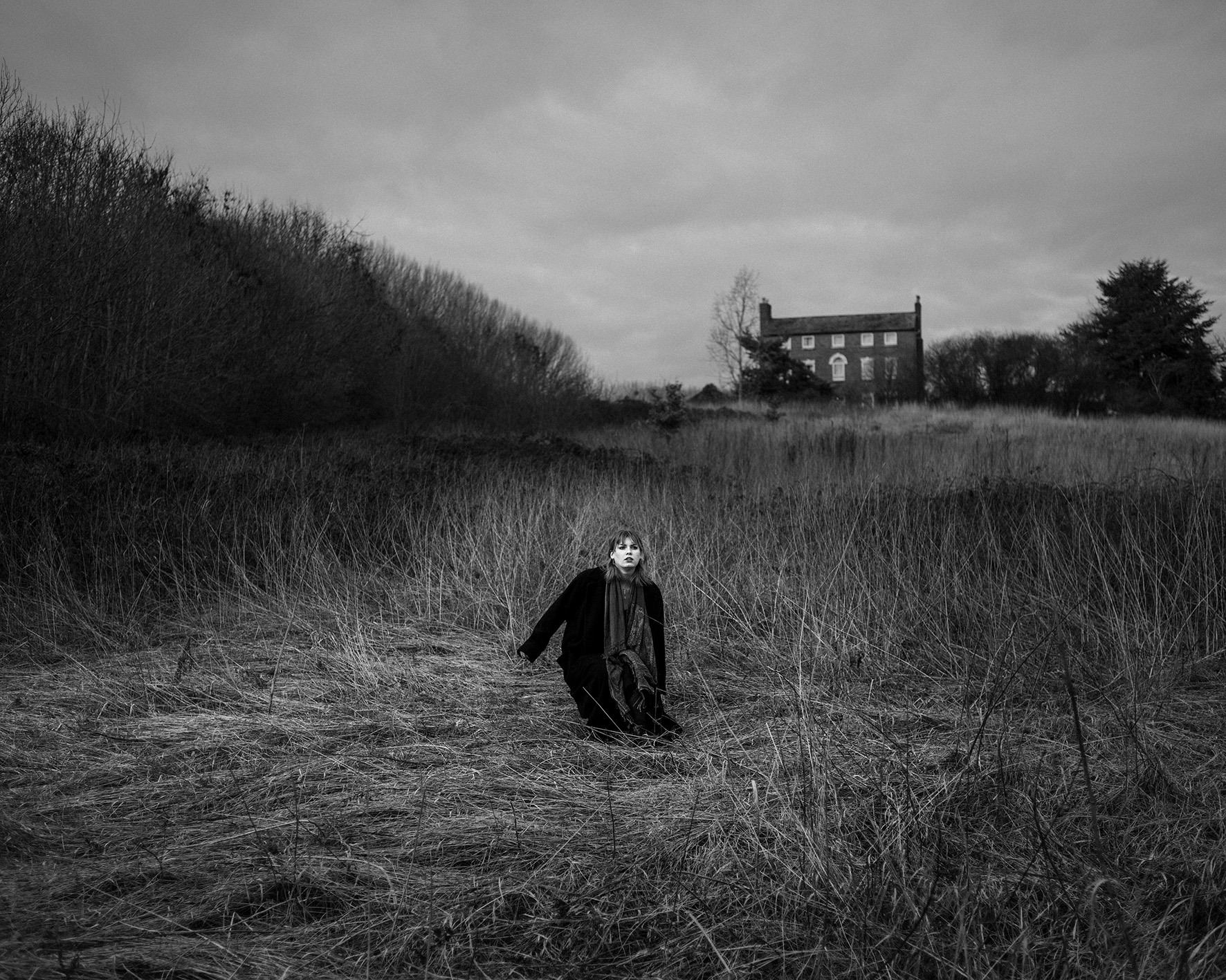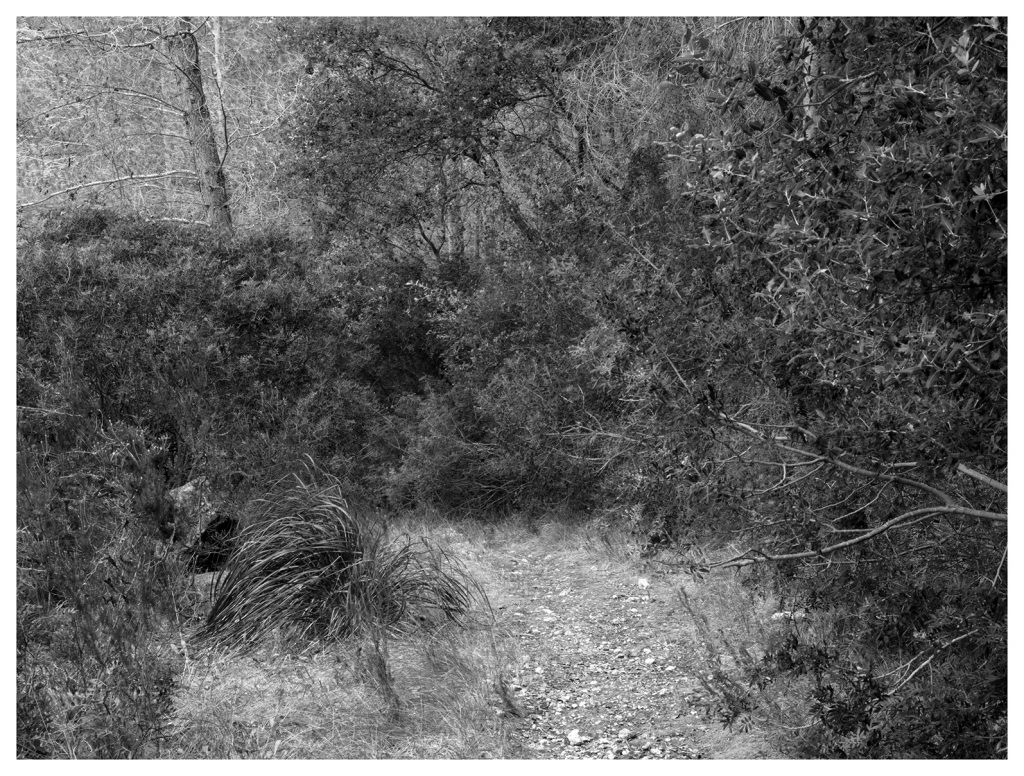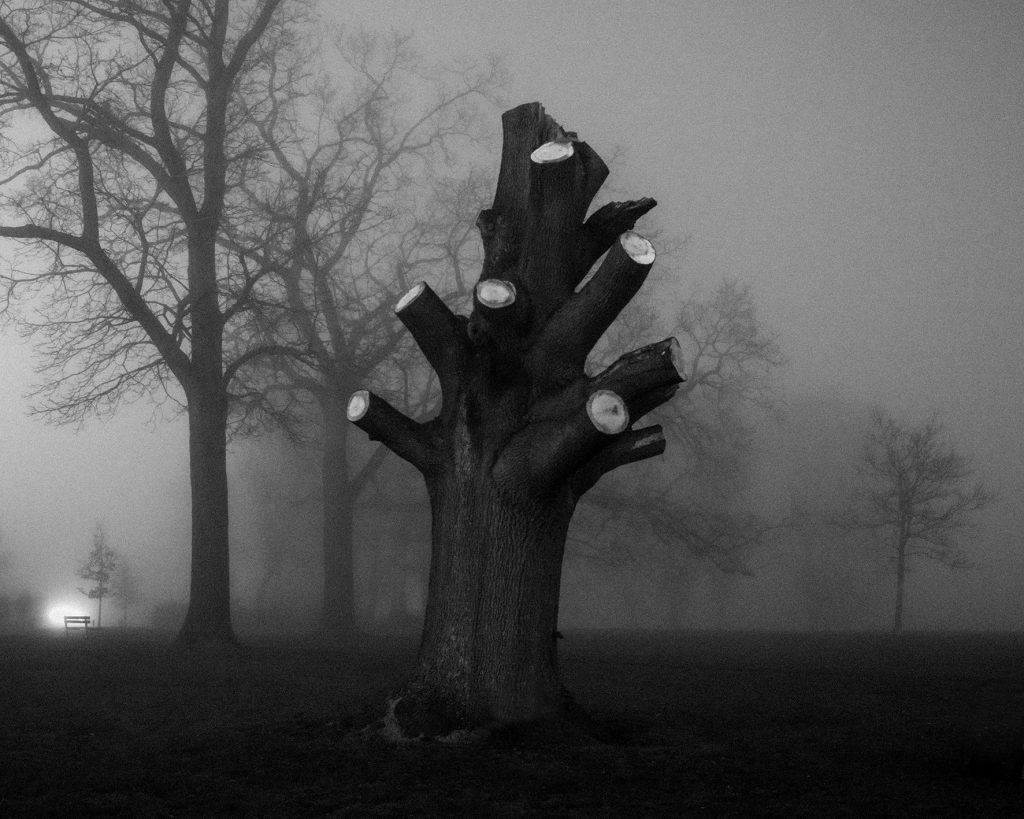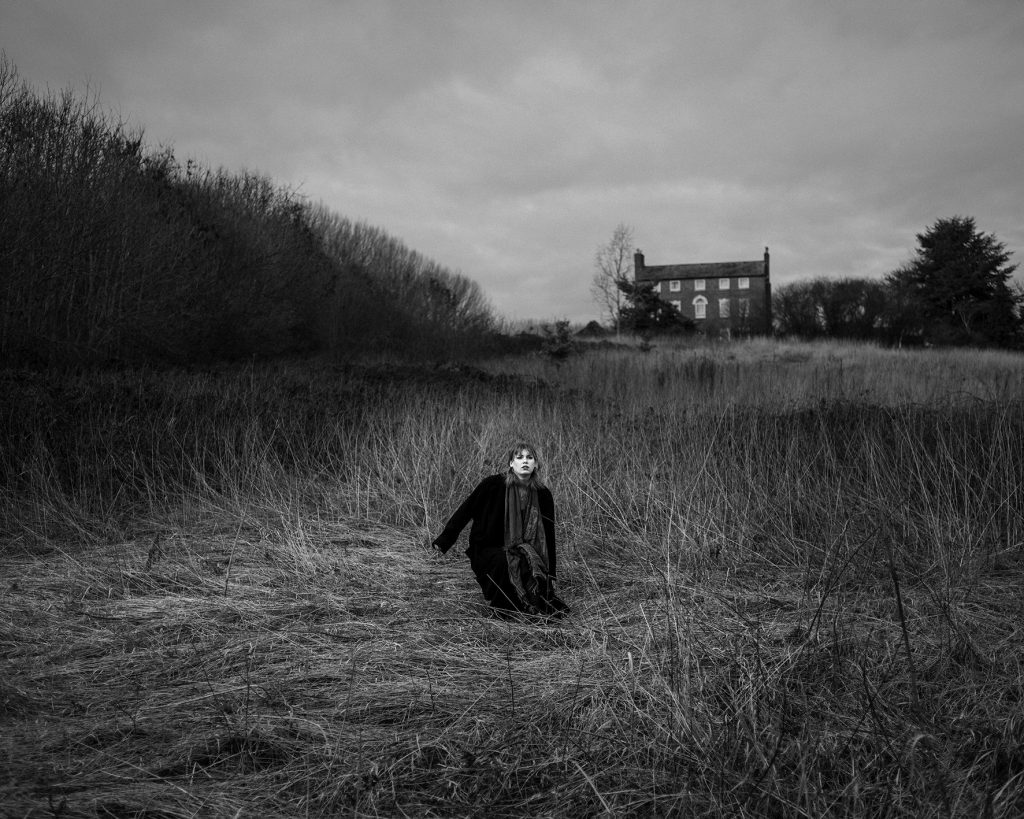23 September – 30 November 2021
Thursday – Sat 12pm – 8pm
Strange Brew, Bristol
10-12 Fairfax St, Bristol BS1 3DB, United Kingdom
Photographs chronicling Bristol’s music scene since the 1980s by Mark Simmons will go on display, many for the first time, as part of Bristol Photo Festival. Studio portraits of artists will be displayed alongside photographs capturing music events and venues across the city. Collectively, these photographs demonstrate the diversity and energy of music in and across Bristol during a period of great creativity.
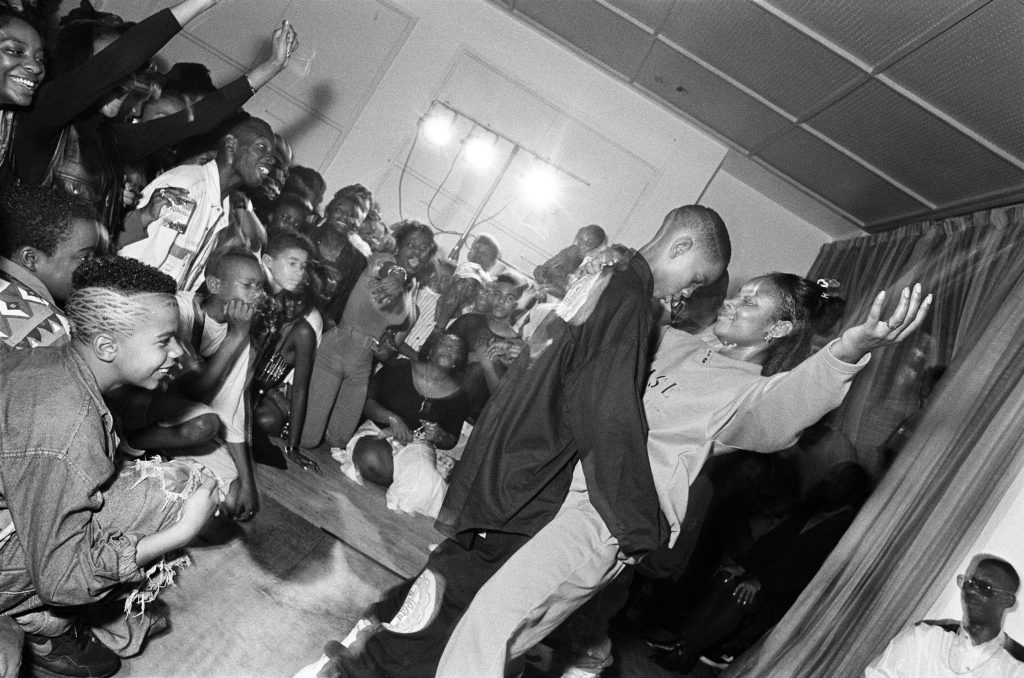
For the exhibition, Simmons revisited his archive of over one hundred thousand images — approximately 20 thousand focusing on music— to select 30 to represent the city’s recent musical heritage — both mainstream and counter-culture. The exhibition includes early portraits of well-known figures such as Massive Attack and Roni Size & Reprazent alongside influential but less-well known figures such as John Stapleton, AKA Dr Jam, the Moonflowers, Sub Love, Phantom Limb and Rob Smith AKA RSD of Smith & Mighty, pivotal pioneer of the ‘Bristol Sound’.
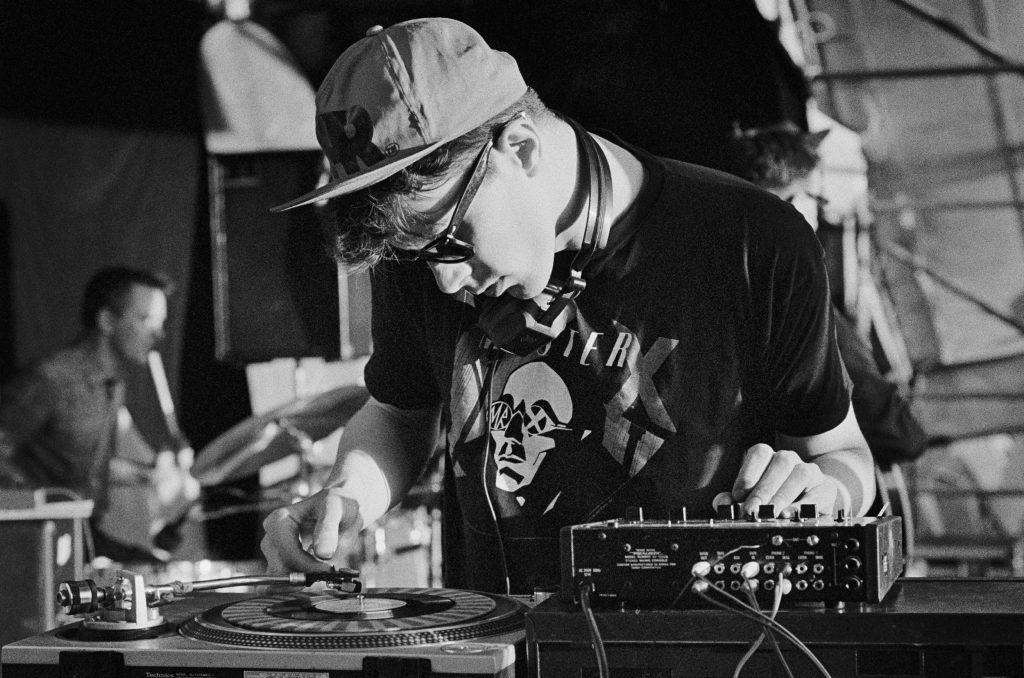
Alongside these portraits the exhibition includes images documenting deep house nights at Trinity, early Drum & Bass ‘Jungle’ sessions at Malcolm X, St Paul’s Carnival sound systems and street revellers, the crowds at Ashton Court Festival, and dance competitions at Easton Community Centre amongst others.
Simmons was most active on the music scene in the 1990s, working for club promoters, local and national magazines. As a result, many of the images in the exhibition were taken as professional commissions where Simmons would often stay for several hours to dance and immerse himself in the ambience. Being a part of the collective experience gained him tacit acceptance to record these often unguarded and open portraits. In addition to his work documenting music, Simmons has worked as a photographer/photojournalist in the fields of the arts, community activity and wider political engagement.
“When taking photos you’ve got to be in the eye of the storm to really capture that moment and Mark has always been that guy”
Daddy G (Massive Attack)
